 Kearney Family
Kearney Family
Race and Ethnicity: African American
 Kearney Family
Kearney Family
Kearney, Janis
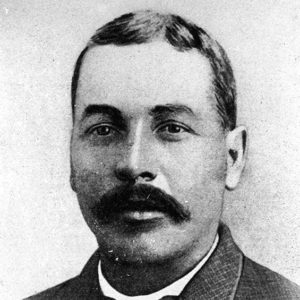 Chester W. Keatts
Chester W. Keatts
Kees, Willie (Lynching of)
Kendrick, Eddie Lee
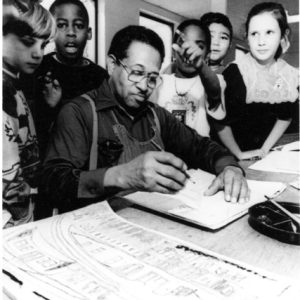 Eddie Lee Kendrick
Eddie Lee Kendrick
 Tonya Kendrix
Tonya Kendrix
Kennedy, Cortez
 Cortez Kennedy
Cortez Kennedy
 Cortez Kennedy
Cortez Kennedy
Key, Lee (Lynching of)
 Albert King
Albert King
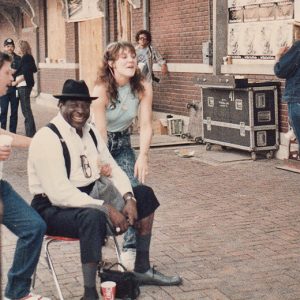 Albert King
Albert King
King, Albert
aka: Albert Nelson
King, Frank (Lynching of)
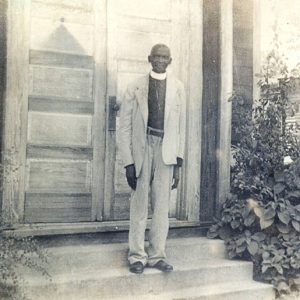 Rev. J. H. King
Rev. J. H. King
Kirkendall, Mose (Lynching of)
Kitts, James (Execution of)
KOKY
 KOKY Panel Discussion
KOKY Panel Discussion
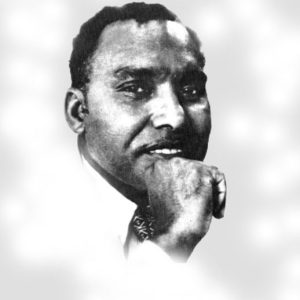 Samuel Kountz
Samuel Kountz
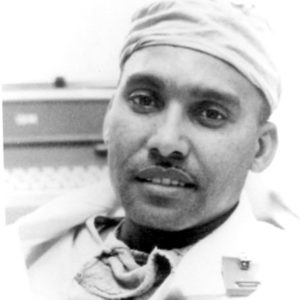 Sam Kountz
Sam Kountz
Kountz, Samuel Lee, Jr.
L. C. and Daisy Bates Museum
Lacey, Nathan (Lynching of)
 Ladder for ALI
Ladder for ALI
Lafayette County Lynching of 1859
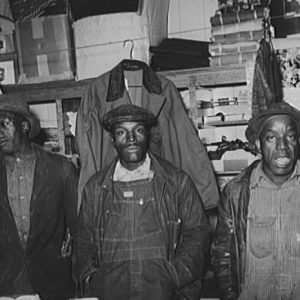 Lakeview Co-op Members
Lakeview Co-op Members
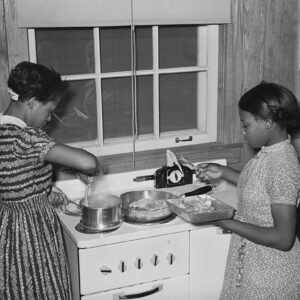 Lakeview Cooking Lesson
Lakeview Cooking Lesson
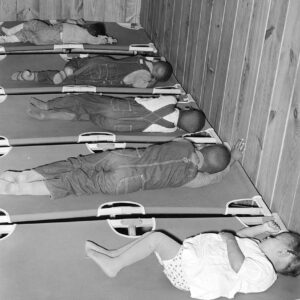 Lakeview Nursery
Lakeview Nursery
Lakeview Resettlement Project Historic District
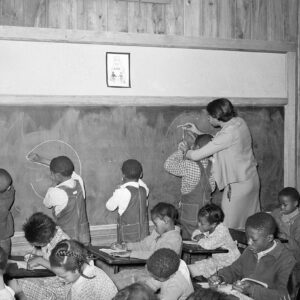 Lakeview Students
Lakeview Students
LaNier, Carlotta Walls
Larkin, Hill (Lynching of)
 Laurada Departing for Liberia
Laurada Departing for Liberia
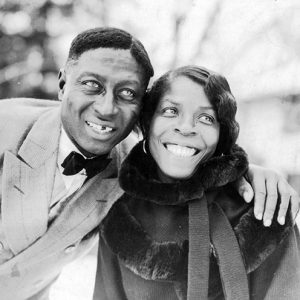 Huddie (Leadbelly) Ledbetter and Martha Ledbetter
Huddie (Leadbelly) Ledbetter and Martha Ledbetter
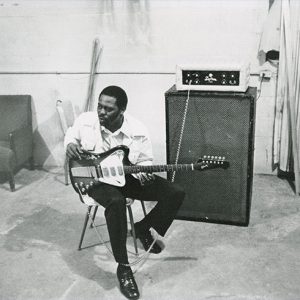 Calvin Leavy
Calvin Leavy
Leavy, Calvin James “Slim”
Lee County Executions of 1881
LeSane, Henry (Execution of)
Lester, Ketty
Levels, Jacob (Execution of)
Lewis, Charles (Lynching of)
Lewis, David Levering
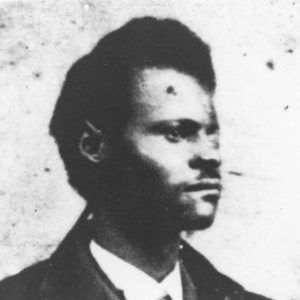 Henry J. Lewis
Henry J. Lewis
Lewis, Henry Jackson
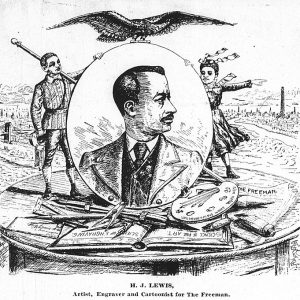 Henry Jackson Lewis
Henry Jackson Lewis
 Kristin Lewis
Kristin Lewis
Lewis, Kristin Allison
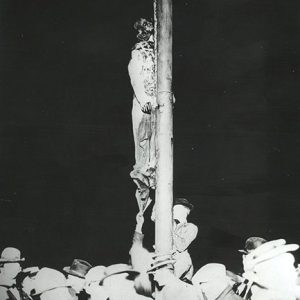 Sanford Lewis Lynching
Sanford Lewis Lynching




